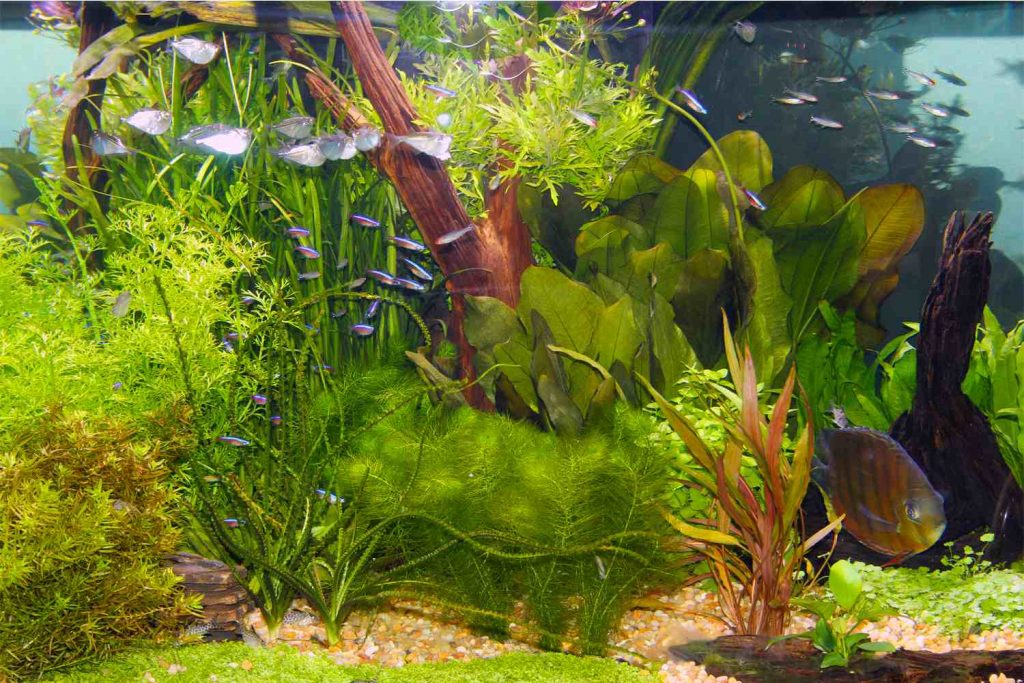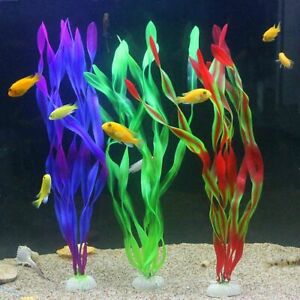
Methodology description:
In our project ‘underwater garden’, we present a playful design system that embeds actuation and computation in ordinary materials like paper. Our technique turns passive paper into a self-assembling / self-morphing composite that reacts to the stimulus of water and transforms itself in interesting, pre-programmed ways.
The two methods used are:
A) the kirigami technique as a design system for the exploration and production of three-dimensional form out of two-dimensional shapes and B) the idea of a new, programmable, bi-layer composite that uses hydrogel balls and paper as actuating and constraint layers correspondingly.
Method A: Kirigami
Example 1: An exploration of kirigami using anchors and offsets was carried out where the anchors denote the supporting portion of the paper whereas the cuts elevate 2D in space.

Example 2: Outlines of shapes that bend around a particular anchor point.
Method B: Programmable materials


The idea here is to attach hydrogel balls to paper geometries, placing them in sequences that form different shapes upon those 2D geometries. Creating different shapes and orders out of hydrogels will cause the same paper kirigami to morph in different ways in space. The mechanics behind this concept is that hydrogel swells when absorbing water. On these grounds, the attached bubbles will force the paper to bend, as the paper will try to constrain hydrogel’s expansion.
This methodology presents a bi-level actuation system where linear morphing is achieved by sticking hydrogel material to paper/ thin material that acts as the constraint layer. As the artifact is immersed in water, the hydrogel expands and the constraint layer remains as is. The second level of actuation is when the balls swell up which causes the structure to morph and take shapes as shown. Future directions include scaling up the structures and exploring different natural materials that can help us achieve a similar aesthetic.
Context and application:
As we talk about a hydro-composite that uses water and humidity as environmental stimuli, we embrace and integrate the idea of an underwater environment for the context of our application. What if we used our two-core system to explore and build artificial structures of decorative plants for a fish tank environment? What if we created a series of available computational tools so that everybody could create their own decorations for their fish pets at home? That led us to the following inquiry: What kind of DIY tools should we create and suggest for use?

Tools to explore:
Tool 1: The first computational tool would be a series of generative design systems for the exploration of parametric, organic forms. Each of us will develop a different design system, exploring different ways of creating 3D structures out of 2D shapes. → Week 1
Tool 2: The second computational tool would be an interactive simulation system, in which we can apply the hydrogel effect in different shapes and make predictions about the ways various designs would morph underwater. → Week 2
Tool 3: Finally, the third tool would constitute a series of online videos, which will demonstrate how people could use the tools to produce designs, simulate the transformations and fabricate their own decorative plants ordering simple means like paper, super glue and hydrogel bubbles from Amazon.














